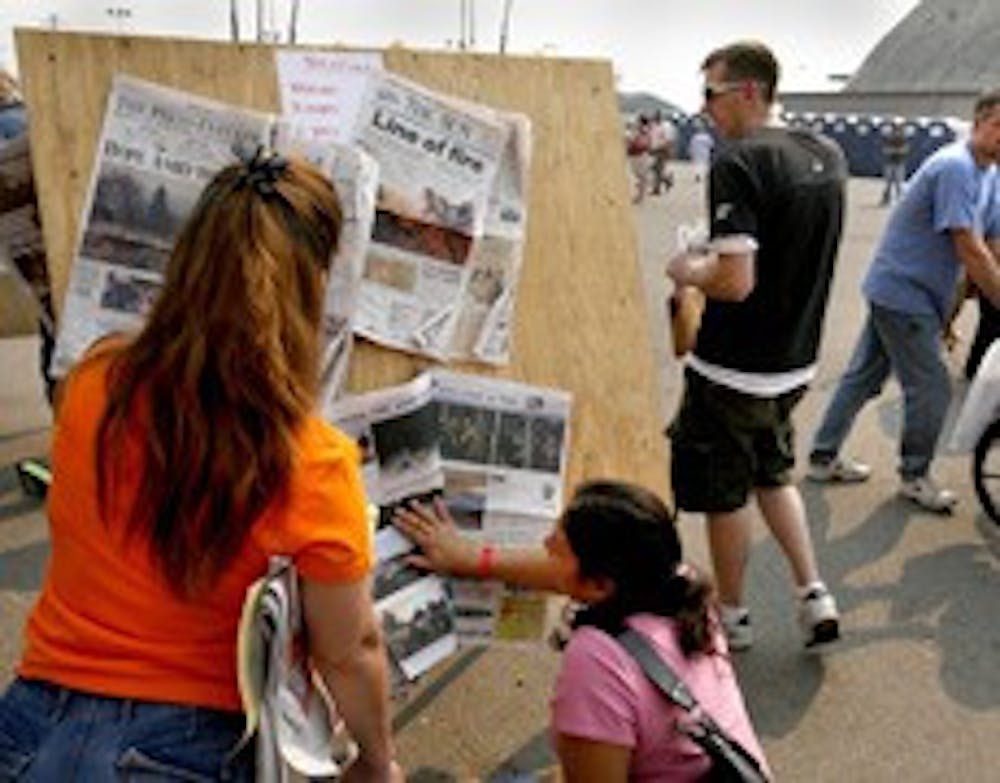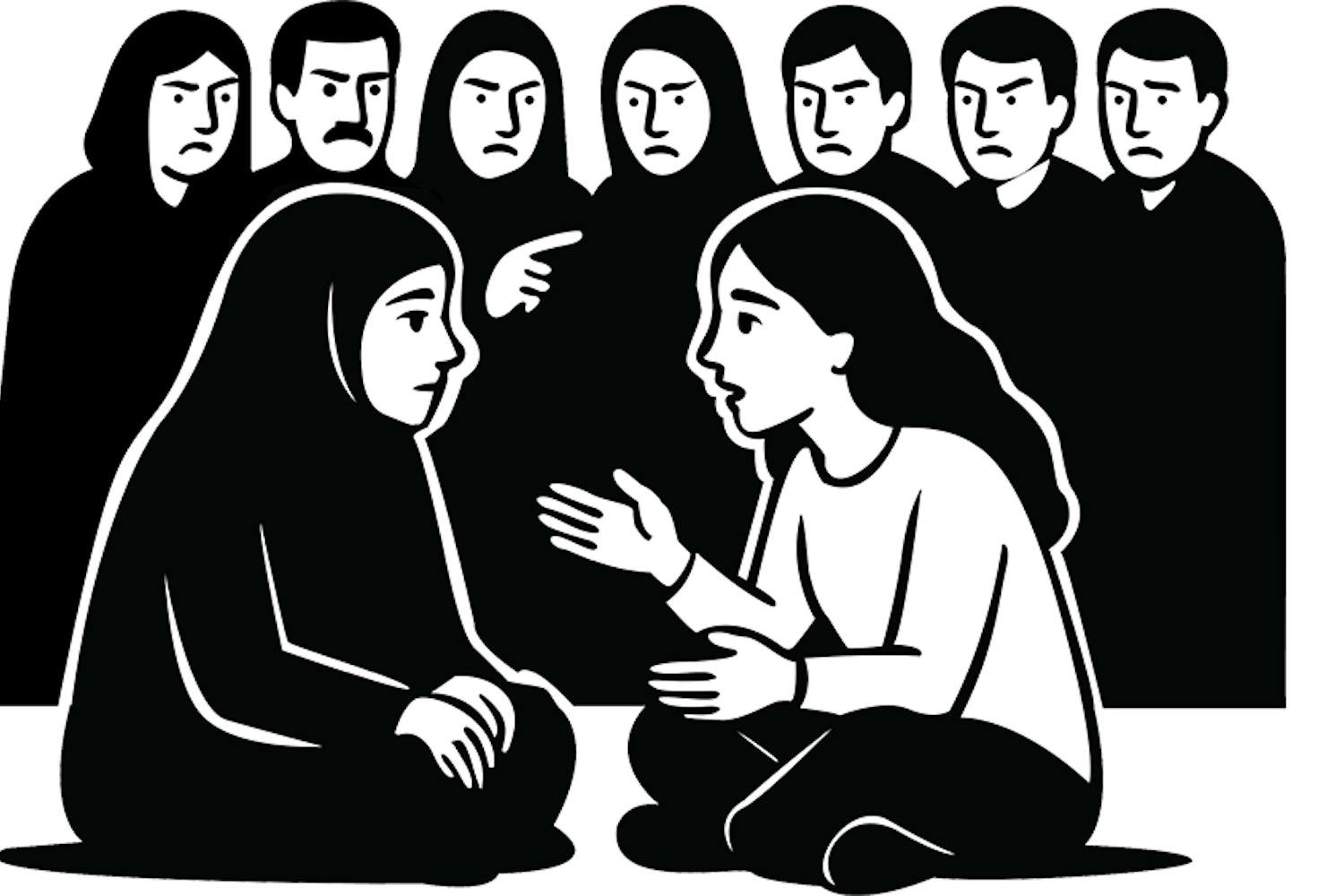With wildfires continuing to rage in California, ASU is offering financial aid and free counseling to students affected by the natural disaster.
Since ASU announced the offer last week, no students have sought help, said Gini Sater, director of strategic marketing and communication at ASU.
But the University is ready to assist students' needs in any way they can in this time of crisis, Sater said.
"Because our priority is to help our students reach their academic goals, ASU is prepared to offer resources and services to students who may need extra assistance during this time," Sater said in an e-mail. "As of today, we have not had any students contact the financial aid office."
About 2,500 undergraduate students hail from California, according to the fall 2006 ASU Institutional Analysis report.
Financial and grievance counselors are available for students to contact for a free consultation at all four campus locations, said Martha Christiansen, associate dean of student affairs.
No one has contacted the school for support, but it could be a couple weeks before the student body responds to the offer, Christiansen said.
"Some individuals may seek support, some will access support in other venues than on campus, and some will not have a need for support," Christiansen said in an e-mail. "At this point in time, individuals may not yet have even identified their needs."
Braden Robins, a chemistry senior from Lake Forest, Calif., said his house was a just a few miles from the Santiago Fire, halfway between San Diego and Los Angeles.
"You could see the fires from my parents' room," he said.
His family does have insurance, but it's nice that ASU is offering financial and counseling assistance, he said.
Robins was worried about his sister, Aubrey, 24, who was alone when the fires started.
"I called her Monday (Oct. 22) and offered my house," he said.
It has been a stressful time dealing with the devastation, he said.
"I was nervous we wouldn't have a house," he added.
Emily Meyer, a 2004 ASU graduate, moved to San Diego for graduate school in 2005. She said the scene at Qualcomm Stadium, a block away from her home where thousands of evacuees were transplanted, is surreal.
"Hearing people talk about not being at their homes yet and when they weren't sure if their houses were even there, it's crazy," Meyer said. "I believe that (ASU parents) without home insurance who have suffered losses would appreciate (ASU's financial support) if they are paying for their losses out of pocket."
Reach the reporter at: daniel.oconnor@asu.edu.




